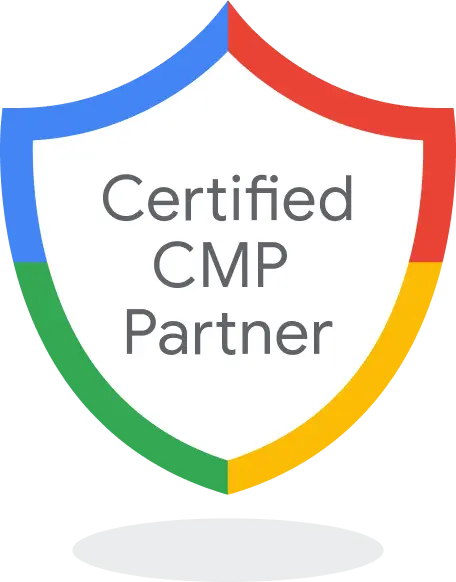1. Adopting a Privacy-by-design approach
The goal of ‘privacy by design’ is to take privacy requirements into account throughout your product or service development process, from conception through to design, implementation and operation. Privacy by design is the practice of considering privacy safeguarding measures at the time of the design of the system.
By following these principles, service and digital experience designers can build in privacy compliance during the design phase for systems rather than addressing it at later stages when it is too late.
Transparency of your privacy controls – Privacy UX
To collect valuable user data, your brand needs to highlight the value proposition. Users are willing to share their data or consent to cookies when they trust and value the relationship with your brand and understand the benefit they are receiving in return. Imagine your customer asking “what do I get out of this” when confronted with a request for personal data. If you are not clear in your message or privacy experience, expect them to opt-out (or to not agree to opt-in at all).
Privacy UX takes the best practices from the field of UX and human-centered design and applies them to data collection and privacy interactions with your users. Using awareness generation and education of your privacy policies as a competitive business advantage leads to increased trust-based customer retention and the acquisition of new customers.
2. Automated Privacy Rights Management
Automation of data mapping and discovery is crucial to the success of many privacy initiatives. A manual process is usually time consuming and expensive. It also tends to grow stale quickly as organizations collect more data, build more features, and onboard more third-party vendors. Automating data mapping helps with privacy audits, improved accuracy of privacy disclosures, and more efficient responses to data subject access requests.
Automation of DSAR Handling – DSAR (data subject access request) responses can be a time-consuming manual process because they require consumer verification, tracking down all of personal data from multiple data sources, reviewing it for appropriateness/deletion, deleting and or redacting it (in the case of a deletion request or sensitive PI), and necessary back and forth communications with the individual, including the possibility of time extensions. It can also require a multidisciplinary team of privacy/compliance, customer service, legal and IT to work together to respond. Automating the process frees up resources to allow these teams to perform their other work rather than struggle to keep up as the DSARs grow.
3. Automated Consent Preference Management
Most organizations are tracking consent individually. If they need to check consent for email marketing, they look at their email marketing system. If they need to capture consent for something else, it goes in a different system (or worse is captured in a form email). An automated consent and preference management system eliminates the confusion and simplifies management.
Discover how CYTRIO can help you automate your data privacy compliance. Schedule a free trial with one of our team members to learn how we can help your organization build customer trust through data privacy compliance




